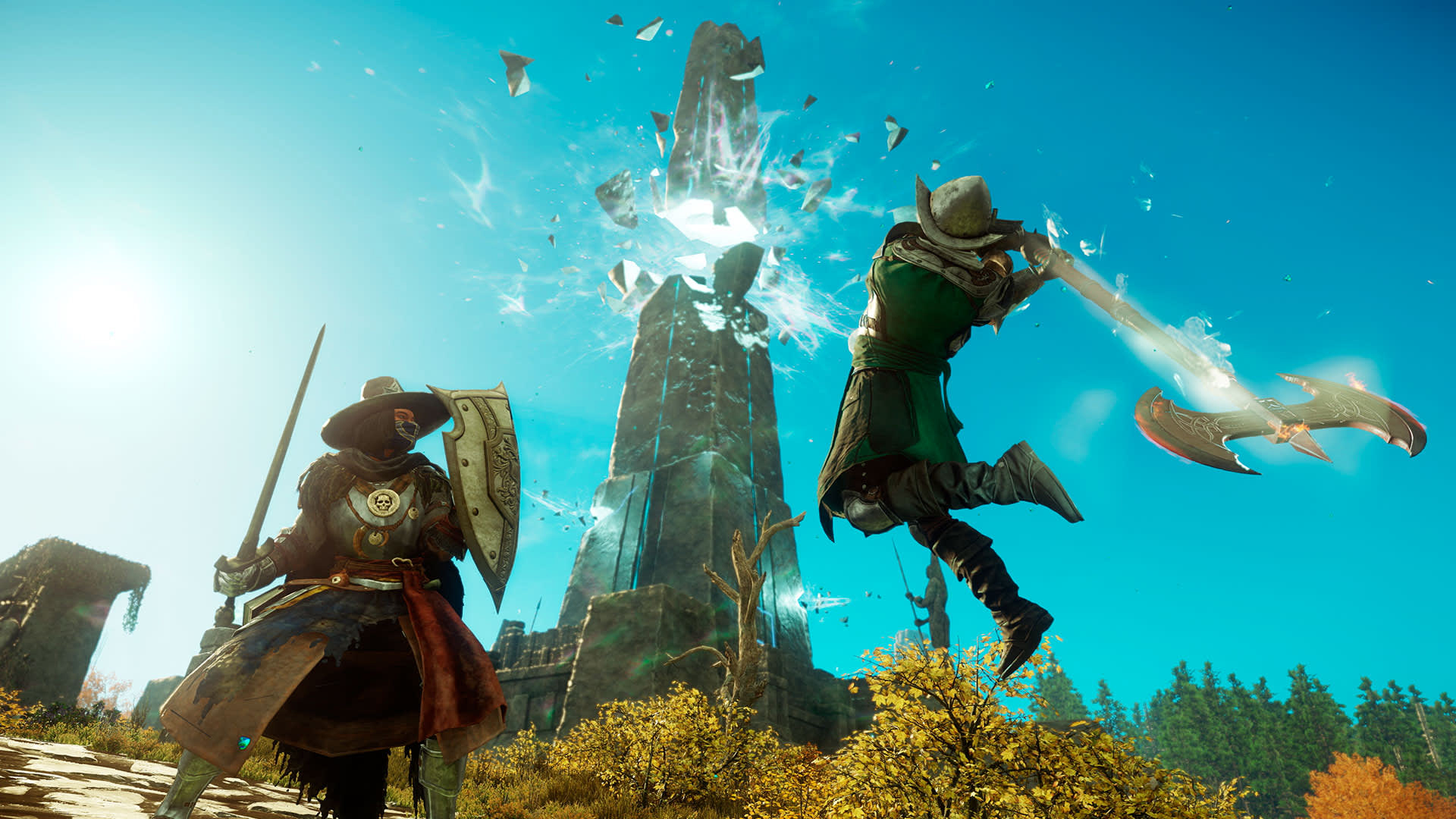Introduction to Gimkit Hosting
Hosting a Gimkit game is more than just clicking the start button. It’s about delivering an interactive experience that captivates participants while reinforcing learning objectives. As educators and facilitators, we aim to leverage this platform to its full potential by focusing on game dynamics, engagement techniques, and maximizing the tool’s features. In this guide, we will provide in-depth insights on how to host a Gimkit game that keeps students engaged, ensures learning retention, and drives educational outcomes.
What is Gimkit?
Gimkit is an innovative quiz-based platform designed to make learning fun. Developed by students for students, this platform allows for interactive participation where players answer questions to earn in-game currency. The twist? They can use this currency to purchase power-ups, sabotages, or other in-game boosts to gain a competitive edge. The game offers various modes and strategies, making it an ideal tool for classroom engagement.
How to Set Up a Gimkit Game
Step 1: Create a Gimkit Account Before hosting a Gimkit game, you need to have an account. Visit the Gimkit website and either sign up for a free account or opt for a Gimkit Pro subscription, which offers enhanced features. Free accounts allow you to access basic game modes, but Pro accounts unlock unlimited kits, more customization options, and access to seasonal modes.
Step 2: Create or Select a Kit Once logged in, the next step is to either create your own kit or select a pre-made one. Kits are essentially the sets of questions you’ll use during the game. Customizing your kit with questions relevant to the subject you’re teaching ensures that the quiz meets your educational goals. You can also browse the Gimkit Host, which contains a wide range of community-created kits on various topics.
Step 3: Configure Game Settings The key to a successful Gimkit game is in the setup. When configuring the game settings, you can choose from a variety of game modes, including:
- Classic Mode: Standard quiz gameplay where the goal is to earn as much money as possible by answering questions.
- Team Mode: Students work together in teams, making it a more collaborative learning experience.
- Trust No One (Among Us-inspired): A game of deception, where players must deduce who among them is the “imposter.”
- Infinity Mode: Endless gameplay that continues until you stop it, making it perfect for timed sessions. You can also adjust game parameters, such as question repetition, power-ups, and time limits.
Hosting an Interactive Gimkit Game
1. Set Clear Objectives Before starting the game, make sure the participants understand the objectives. Is the game meant for review, team-building, or introducing new material? This helps students focus on the key takeaways.
2. Involve Students in the Process Make students feel part of the game by encouraging them to select power-ups and strategize. You can also allow them to submit their own questions to be added to the kit, providing a sense of ownership.
3. Emphasize Collaboration in Team Mode Team Mode in Gimkit is a great way to build collaboration. Encourage students to communicate with their teammates to decide on the best strategies for earning money or completing objectives. This fosters group discussions, peer teaching, and cooperative learning, enhancing their educational experience.
4. Manage Classroom Engagement When hosting in a classroom setting, ensure that all students are actively engaged. Walk around the classroom to provide encouragement or answer questions. For online hosting, check in periodically to make sure students are participating and understanding the questions. You can also include timed checkpoints where students must complete a task before moving on.
5. Leverage Power-ups for Increased Engagement One of the most unique features of Gimkit is the power-ups. These items can boost the players’ performance by increasing earnings or hindering competitors. Encourage students to use power-ups wisely, as this adds an additional layer of strategy. However, be cautious—overemphasis on power-ups can shift focus away from the learning material.
Advanced Hosting Tips for Gimkit
Use Seasonal Modes to Keep Things Fresh Gimkit host offers special seasonal modes like “Humans vs Zombies” or “Farmchain” that introduce entirely new gameplay mechanics. These modes can be especially useful when trying to break the monotony of traditional quizzes. They are available on a rotating basis, and opting for these modes can increase excitement and engagement among students.
Utilize Reporting Features After the game, Gimkit host provides a detailed report of student performance. This report shows how each student performed on individual questions, how much money they earned, and where they may have struggled. Use these reports to identify areas where students need more focus and tailor future lessons accordingly.
Create Custom Kits for Specific Learning Outcomes Gimkit’s customization features allow you to craft quizzes tailored to specific educational needs. Whether you are teaching history, math, science, or language arts, create kits that challenge your students’ understanding of the material. By aligning the questions with your curriculum, you make the learning process seamless.
Integrate Gimkit with Other Learning Platforms For a more integrated experience, pair Gimkit with other digital learning tools such as Google Classroom or learning management systems (LMS). This enables smoother transitions between assignments and quizzes, and you can easily share progress reports with students or other educators.
How to Keep Students Engaged During the Game
Offer Incentives While the Game itself is engaging, providing additional incentives like homework passes, extra credit, or classroom privileges for top performers can further motivate students.
Vary Question Difficulty To maintain engagement throughout the game, ensure that your questions vary in difficulty. Mixing in some easy questions can give students quick wins and build confidence, while more challenging questions encourage deeper thinking and problem-solving skills.
Encourage Friendly Competition A little friendly competition can make the game more exciting. Use leaderboards or progress updates to show how teams or individuals are doing during the game. Just be sure to keep the environment positive and fun to avoid unnecessary stress.
Troubleshooting Common Issues
1. Technical Glitches If the game lags or students are unable to connect, check your internet connection. You can also reduce the number of participants or adjust the game settings to avoid overloading the system.
2. Students Not Engaged If students aren’t participating, try mixing up the game modes or offering incentives. Sometimes, switching to a more fast-paced mode like Trust No One can reinvigorate interest.
3. Unbalanced Gameplay If some students are dominating the game due to power-ups or faster responses, consider adjusting the settings to level the playing field. You can limit the number of power-ups or offer handicaps to give other students a chance to catch up.
Conclusion
By carefully planning your Gimkit hosting strategy, you can create an educational experience that is both fun and impactful. From setting up custom kits to using power-ups strategically, hosting a Gimkit game can be a powerful tool in enhancing student engagement and learning outcomes.
Magazin Union guides you through the latest trends and stories, providing valuable information and perspectives on current events and more.





